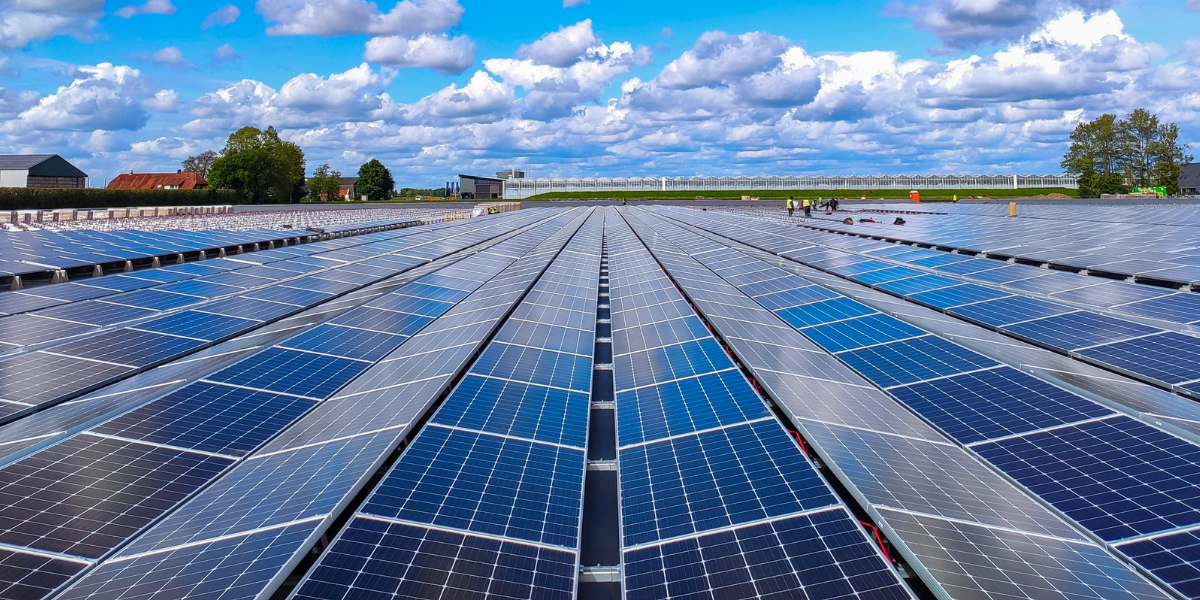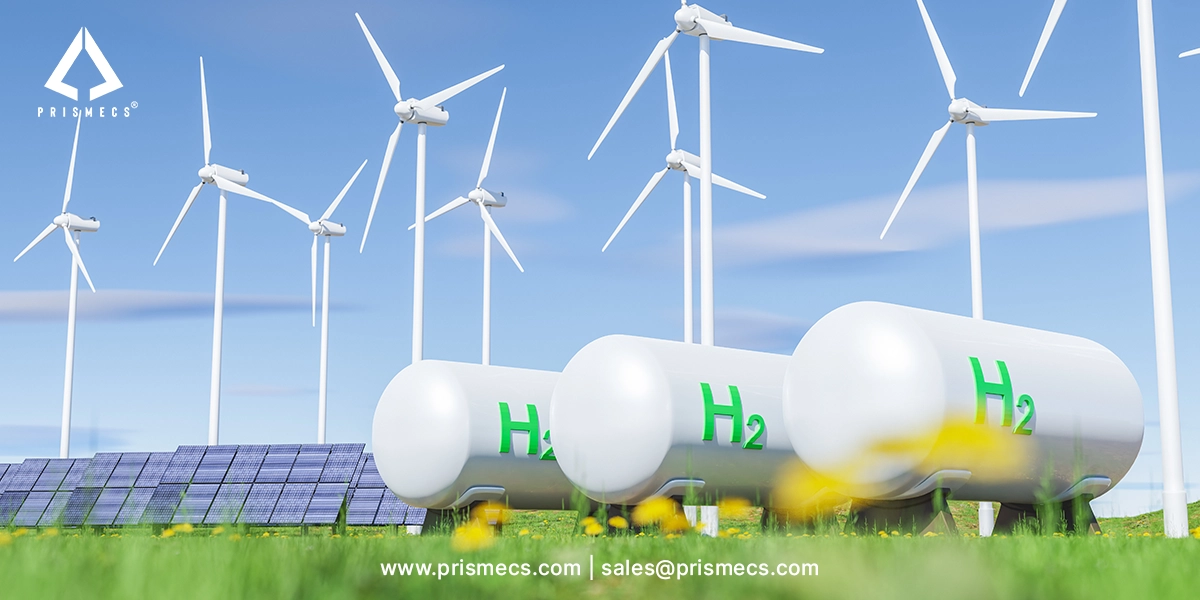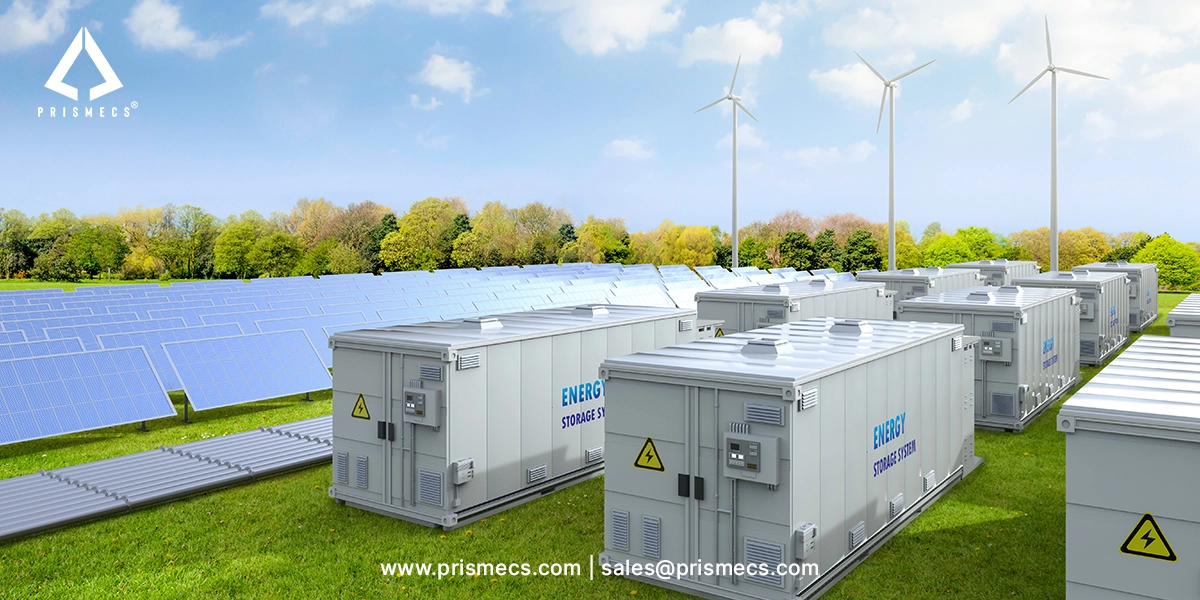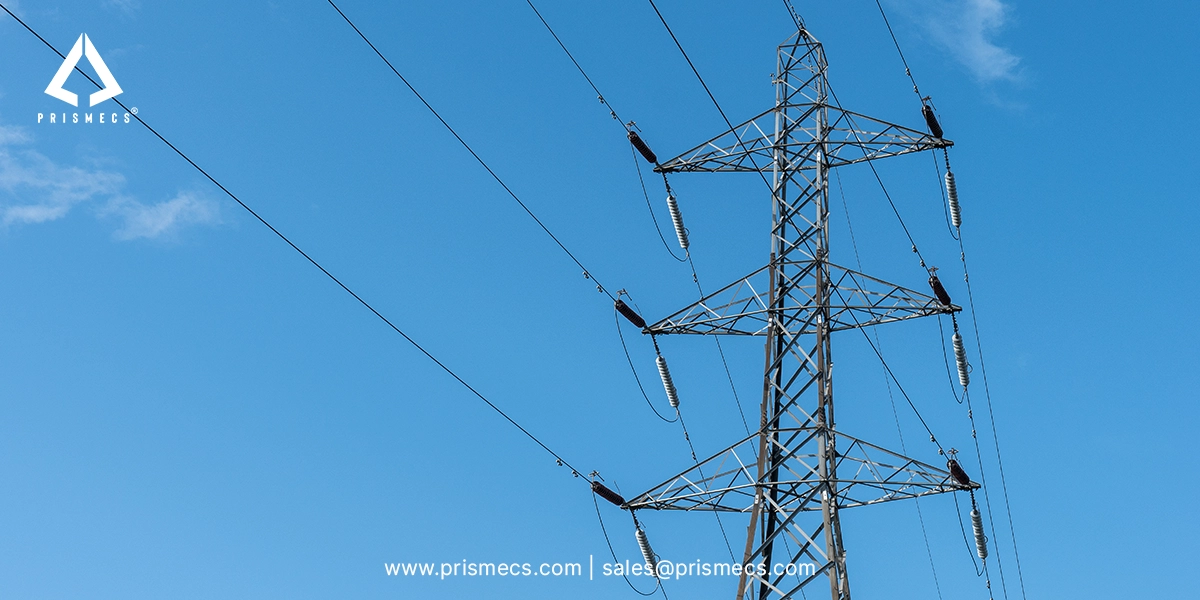
The global shift toward cleaner energy solutions raises an important question. Many now ask with growing interest: how does solar power work? The answer lies in a powerful combination of science, innovation, and sustainable design. Solar power is a renewable energy source derived from the sun's light and heat.
It revolutionizes how industries, businesses, and communities meet their electricity needs. Solar technologies harness this abundant natural resource to reduce dependence on fossil fuels. They lower greenhouse gas emissions and pave the way for a more sustainable future. At the core of this revolution lie solar power plants. They use arrays of solar panels that tirelessly convert sunlight into electricity. Let’s delve deeper into the workings of these marvels.
The Solar Power Plant Paradigm
Solar power plants, also known as solar farms, are vast expanses of land adorned with solar panels. They are strategically positioned to capture sunlight efficiently. At the core of solar energy generation are photovoltaic systems, also known as PV systems. These panels, comprising photovoltaic (PV) cells, serve as the backbone of solar energy generation. These systems use solar panels composed of photovoltaic cells, usually made from silicon, to convert sunlight directly into electricity.
Type of Solar Systems
There are multiple types of solar power systems used across solar farms. The two primary configurations are photovoltaic (PV) systems and concentrated solar power (CSP) systems. PV systems use PV panels to convert sunlight into electricity. CSP systems use mirrors to focus solar radiation and generate heat. This heat powers steam turbines to produce electricity. These technologies differ in efficiency, cost, and application. Differences depend on the amount of electrical demand and environmental conditions like high temperatures or cloud cover.
Solar as a Power Source
Solar energy is a dependable power source because it generates electricity using sunlight. Sunlight is a free and abundant resource that makes solar energy highly reliable and sustainable. It is categorized under renewable energy alongside wind turbines and hydroelectric systems. By replacing fossil fuels and nuclear power plants, solar farms help reduce the carbon footprint and mitigate climate change. Utility-scale installations now integrate into national grids through net metering. Net metering allows systems to store or redirect excess energy during periods of low demand.
Solar and Energy Consumption
As global energy consumption rises, solar power is becoming a crucial part of energy planning. Solar farms produce electricity measured in kilowatt hours, which can power everything from homes to industrial complexes. When combined with smart-grid technology and storage solutions, solar farms stabilize supply and manage peak power output. Their decentralized structure also limits the environmental impacts associated with traditional power generation, making them a sustainable choice for meeting future energy consumption needs.
Clean Energy with Silicon Solar Cells
At the heart of solar panels are silicon solar cells, which are highly efficient and durable. These cells convert sunlight into electricity without using any fuel or creating emissions. They offer a true clean energy solution by generating power through a sustainable and environmentally friendly process. Most solar installers prefer silicon due to its longevity, availability, and proven performance. Silicon-based systems support residential rooftops and large-scale plants in reducing greenhouse gas emissions. They promote a greener grid by actively contributing to cleaner and more sustainable energy production. You can even use these panels to generate hot water in hybrid setups, further maximizing utility.
How Do Solar Panels Work?
Solar panels generate electricity through a fascinating process that exploits the photovoltaic effect. At the heart of each solar panel lies the photovoltaic cell, typically made of silicon, a semiconductor material. When sunlight strikes the surface of these cells, it excites the electrons and creates an electric charge. This phenomenon generates direct current (DC) electricity for solar power integration into the grid. Inverters then convert the DC electricity into alternating current (AC) as a crucial integration step.
Crystalline Marvels: Silicon Solar Cells
Most solar panels utilize silicon solar cells due to their efficiency and reliability. These cells come in two primary forms: monocrystalline and polycrystalline. Manufacturers craft monocrystalline cells from a single crystal structure, providing higher efficiency and sleeker aesthetics. On the other hand, manufacturers produce polycrystalline cells from multiple silicon crystals. It offers cost-effectiveness while slightly compromising efficiency. Regardless of the type, silicon solar cells play a pivotal role in transforming sunlight into electricity. It paves the way for a cleaner and sustainable future.
From Sunlight to Electricity: The Journey Continues
Once solar panels generate electricity, people can utilize it to power homes, businesses, and even entire communities. This renewable energy source reduces our carbon footprint. It also offers energy independence and long-term cost savings. The system stores excess electricity generated during peak sunlight hours in batteries. It uses stored electricity during cloudy days or at night to maintain power availability. It ensures a reliable supply of clean energy around the clock.
Read More: Global Trends in Renewable Energy Sources
Beyond Photovoltaics: Exploring Solar Thermal Power
While photovoltaic cells dominate the solar energy landscape, another technology, solar thermal power, offers a distinct approach to harnessing solar energy. Solar thermal power plants use mirrors or lenses to focus sunlight onto a receiver. These systems heat a fluid using concentrated sunlight to generate steam. Steam produced powers turbines to create electricity efficiently. This steam drives turbines connected to generators, producing electricity like traditional power plants. Solar thermal power plants hold promise for large-scale electricity generation. Solar power systems work especially well in regions with consistent and intense sunlight. They often power large-scale solar plants used for industrial power generation.
The Bright Side of Solar Energy
The widespread adoption of solar energy brings many environmental and economic benefits. It reduces our dependence on fossil fuels. Solar power mitigates greenhouse gas emissions. It curbs climate change and preserves the planet for future generations. Additionally, the growth of the solar industry stimulates job creation. It fosters technological innovation and bolsters energy security as solar power becomes increasingly affordable and accessible. It also empowers individuals and communities to take control of their energy future while safeguarding the environment.
Global Solar Panels Market Size
Recent projections show the global solar panels market will reach USD 312.68 billion by 2032. The market grows at a compound annual growth rate (CAGR) of 7.1% through 2032. This growth underscores the rising demand for reliable, clean energy solutions in both emerging and developed markets.
Global Solar Panels Market Size in USD Billions.
Is Solar Power Considered a Clean Energy Source?
Solar power stands as a renewable and inexhaustible energy source. It is free from harmful greenhouse gas emissions. If the sun continues to radiate its energy, solar power remains a steadfast source of clean energy. It will be available for our consumption. Moreover, the carbon footprint associated with solar panels is notably diminutive. With a lifespan exceeding 25 years, solar panels demonstrate remarkable longevity, further contributing to their eco-friendliness. Advancements in material recycling continually reduce the carbon footprint of solar panels. It is in line with our shared dedication to sustainability.
At the Bottom Line
Solar power plants represent a shining example of humanity's ingenuity and commitment to sustainability. These marvels utilize solar energy to produce clean electricity. It harnesses the boundless energy of the sun. Understanding how solar power works is key to unlocking the full potential of this renewable energy source. Whether through photovoltaic systems or concentrated solar power, the sun offers a scalable, sustainable path forward. Let us embrace the power of the sun and head towards a cleaner world powered by solar energy.
How Can Prismecs Help with Solar Power Plant Projects?
Prismecs specializes in demystifying solar power plants and elucidating solar panel functionality. We handle photovoltaic system integration with solutions tailored specifically for industrial use. We also develop large-scale solar plants with complete, end-to-end services for industrial applications. Our expertise empowers individuals and businesses to comprehend the complexities of solar energy generation.
It fosters a deeper understanding of how solar panels work and their role in sustainable energy solutions. Prismecs serves as a trusted partner to help companies manage the complexities of solar power plants. Companies navigate solar power challenges with Prismecs and embrace innovation for long-term success. To avail of our services, you can call us at +1 (888) 774-7632 or send us an email at sales@prismecs.com.
Tags: Solar Energy Solar Power Solar Panels Generate Generate Electricity Solar Farms Renewable Energy Carbon Footprint Solar Cell Solar Plants Solar Technologies Type Of Solar
recent posts

Green Hydrogen
6 minutes read
Green Hydrogen Plant Technology Guide
Discover how a green hydrogen plant works, its key technologies, and its role in clean energy. Explore solutions for scalable, carbon-free hydrogen pr...

EPC Services
7 minutes read
EPC Power: From Design to Delivery of Reliable Energy System
Discover how EPC power solutions streamline design to delivery, ensuring reliable, efficient, and future-ready energy systems in one integrated proces...

Data Centers
12 minutes read
Powered Shell Data Centers | Benefits, Design & Adoption
Discover the benefits, design, and adoption of powered shell data centers. Learn how they boost speed to market, scalability, and energy efficiency.

Distributed Energy Services
9 minutes read
Smart Grid and Distributed Energy Resources
Discover how smart grids and distributed energy resources (DER) work together to create efficient, resilient, and sustainable energy systems for the f...